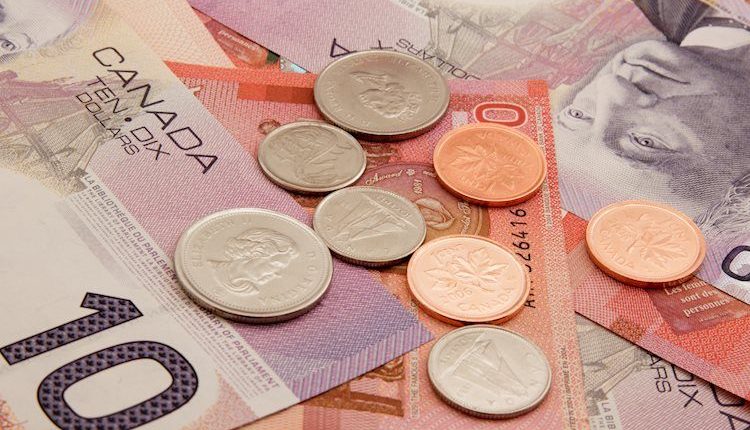- USD/CAD edges higher to around 1.3925 in Tuesday’s early Asian session.
- Traders brace for the US CPI inflation data, which is due on Wednesday.
- The concerns about possible tariffs by the Trump administration weigh on the Canadian Dollar.
The USD/CAD pair gains traction to near 1.3925 during the early Asian session on Tuesday, bolstered by the firmer US Dollar (USD) amid the strong return of the “Trump trade.” The Canadian September Building Permits are due later on Tuesday. The US October Consumer Price Index (CPI) inflation data will take center stage on Wednesday.
The US Dollar Index (DXY), a measure of the USD’s value relative to a basket of foreign currencies, jumps to fresh four-month peaks around 105.70. The Greenback strengthens against the Canadian Dollar (CAD) after US election results showed Trump’s victory. Analysts expect the US president-elect Donald Trump could put upward pressure on inflation and bond yields while proceeding to cut rates at a slower and smaller pace, supporting the USD.
However, traders will take more cues from the US inflation data this week for clarity about future US policy. The headline CPI is estimated to show an increase of 2.6% YoY in October, while the core CPI is projected to show a rise of 3.3% during the same period.
On the other hand, investor worries about possible tariffs by a new White House administration, which could hurt the Canadian economy, exerting some selling pressure on the Loonie. “The BoC slashed policy rates 50 bps in October, but a more cautious path of 25 bps moves over the coming months is more sensible given the post-election uncertainty and heightened risk to the Canadian dollar,” said the BMO economists.
Canadian Dollar FAQs
The key factors driving the Canadian Dollar (CAD) are the level of interest rates set by the Bank of Canada (BoC), the price of Oil, Canada’s largest export, the health of its economy, inflation and the Trade Balance, which is the difference between the value of Canada’s exports versus its imports. Other factors include market sentiment – whether investors are taking on more risky assets (risk-on) or seeking safe-havens (risk-off) – with risk-on being CAD-positive. As its largest trading partner, the health of the US economy is also a key factor influencing the Canadian Dollar.
The Bank of Canada (BoC) has a significant influence on the Canadian Dollar by setting the level of interest rates that banks can lend to one another. This influences the level of interest rates for everyone. The main goal of the BoC is to maintain inflation at 1-3% by adjusting interest rates up or down. Relatively higher interest rates tend to be positive for the CAD. The Bank of Canada can also use quantitative easing and tightening to influence credit conditions, with the former CAD-negative and the latter CAD-positive.
The price of Oil is a key factor impacting the value of the Canadian Dollar. Petroleum is Canada’s biggest export, so Oil price tends to have an immediate impact on the CAD value. Generally, if Oil price rises CAD also goes up, as aggregate demand for the currency increases. The opposite is the case if the price of Oil falls. Higher Oil prices also tend to result in a greater likelihood of a positive Trade Balance, which is also supportive of the CAD.
While inflation had always traditionally been thought of as a negative factor for a currency since it lowers the value of money, the opposite has actually been the case in modern times with the relaxation of cross-border capital controls. Higher inflation tends to lead central banks to put up interest rates which attracts more capital inflows from global investors seeking a lucrative place to keep their money. This increases demand for the local currency, which in Canada’s case is the Canadian Dollar.
Macroeconomic data releases gauge the health of the economy and can have an impact on the Canadian Dollar. Indicators such as GDP, Manufacturing and Services PMIs, employment, and consumer sentiment surveys can all influence the direction of the CAD. A strong economy is good for the Canadian Dollar. Not only does it attract more foreign investment but it may encourage the Bank of Canada to put up interest rates, leading to a stronger currency. If economic data is weak, however, the CAD is likely to fall.
Read the full article here

